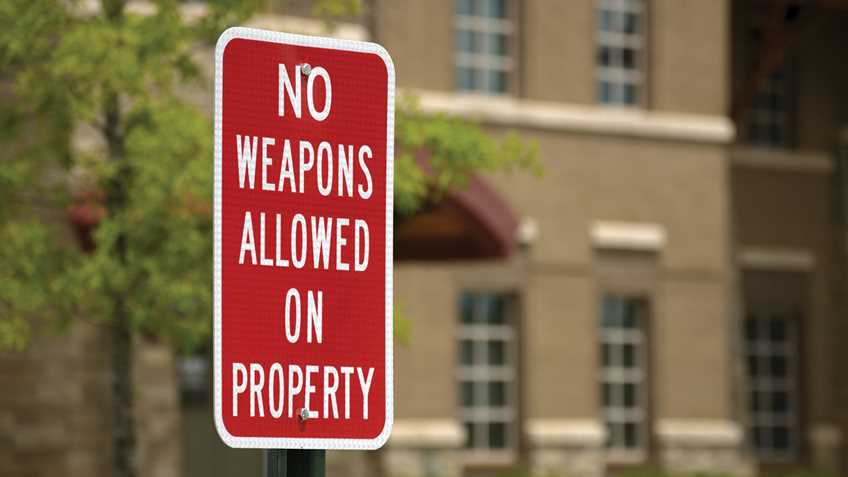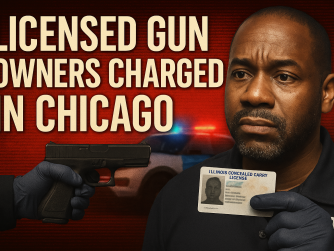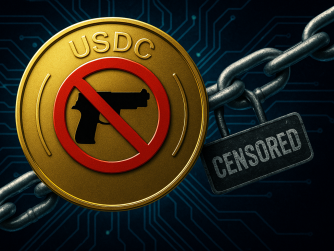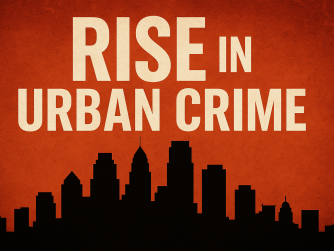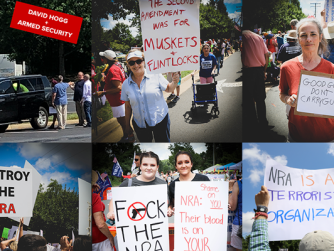A beyond horrific murder flashed before our eyes in recent weeks, and a nation collectively mourned Iryna Zarutska after the sickening attack that took her life on a public train in Charlotte, North Carolina. It was yet another stark reminder that evil strikes quickly, and it can happen at any time, in any place—particularly when the legal system proves incapable or unwilling to incapacitate repeat offenders.
Because of that very fact, law-abiding citizens who choose to carry firearms for self-defense in public are again left frustrated by imaginary boundaries that continue to limit their ability to defend themselves. Gun-control advocates claim, “The presence of guns makes places more dangerous.” Wrong. Bad people make places more dangerous. And some places—like subways, buses, and train stations—attract them more than others.
If citizens cannot count on courts or policymakers to prioritize their safety, they must rely on themselves. Situational awareness helps, but it is no shield against violent predators. Rules that strip individuals of their right to bear arms for self-defense hand criminals the advantage, while politicians stall and innocent lives hang in the balance.
The “Sensitive Places” Expansion
The Supreme Court has already weighed in on this issue. In District of Columbia v. Heller, the Court acknowledged certain “sensitive places” such as schools and government buildings could legitimately restrict firearms. But in New York State Rifle & Pistol Association v. Bruen, Justice Clarence Thomas issued a stark warning:
“[E]xpanding the category of ‘sensitive places’ simply to all places of public congregation… would in effect exempt cities from the Second Amendment and would eviscerate the general right to publicly carry arms for self-defense.”
That warning is being ignored.
Just last week, in Schoenthal v. Raoul, the Seventh Circuit reversed a lower court and upheld Chicago’s ban on carrying firearms aboard public transit. The judges admitted there was no Founding-era tradition of banning firearms on public transportation (stagecoaches and trains existed then), but still upheld the ban by stretching 19th-century examples of regulations in “crowded places” to cover modern transit systems.
This isn’t faithful constitutional interpretation—it’s creative justification to erode rights.
Dangerous “Gun-Free Zones”
Chicago transit statistics prove the point. According to a 2024 Illinois Policy Institute study, more than one crime occurs for every 100,000 rides—roughly one crime every three hours on weekdays. Only about 45% of crimes result in an arrest, meaning criminals stand a better chance of escaping than being caught.
Prohibiting firearms in such environments doesn’t make passengers safe—it makes criminals safe. Law-abiding gun owners obey the rules. Criminals ignore them.
If the courts claim the government can keep trains “free of accessible firearms,” why can’t those same governments keep them free of violent criminals?
The Real Balance of Risk
As Judge Kolar noted, the “risk on public transit is indeed different.” He’s right—but he drew the wrong conclusion. Different risks demand greater latitude for self-defense, not tighter restrictions. No one in the Founding era thought the solution to stagecoach robberies was to disarm passengers.
Today, however, rulings like Schoenthal normalize ever-expanding “gun-free zones” that reduce the Second Amendment to a hollow promise.
The Bottom Line
Violence prevention and mental health interventions may be complicated, but self-defense is simple: the need arises wherever people live, work, and travel. The doctrine of “sensitive places” has become a tool for insensitivity—insensitivity to the Second Amendment, and to the lives of the innocent people it is supposed to protect.
It is time to stop treating “gun-free zones” as safety measures and recognize them for what they are: criminal empowerment zones.

